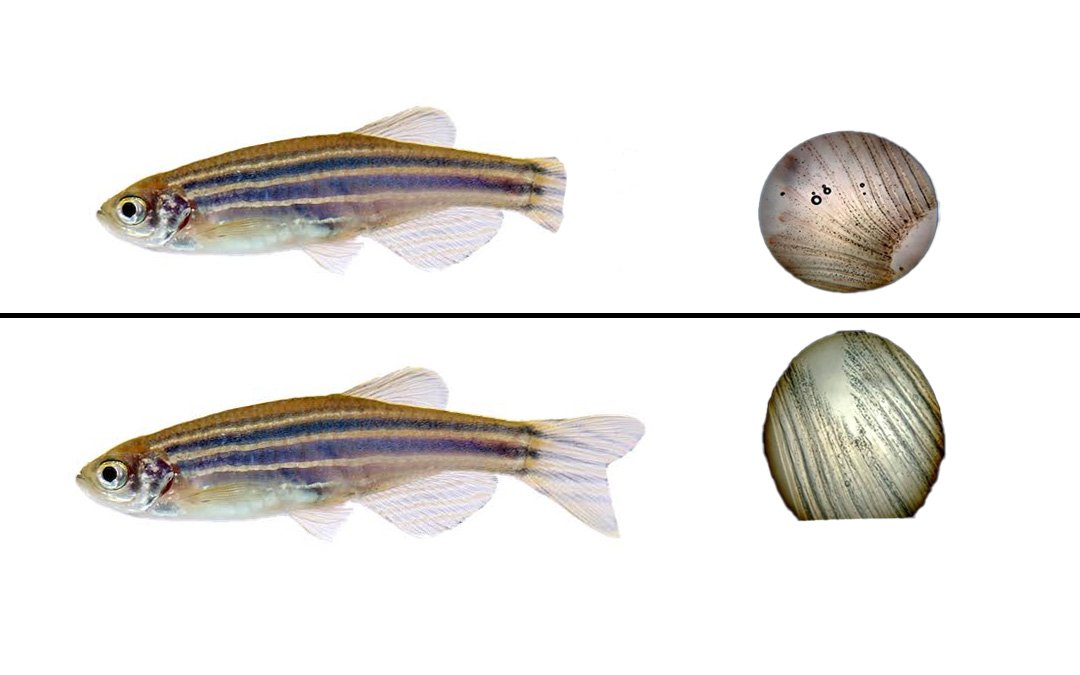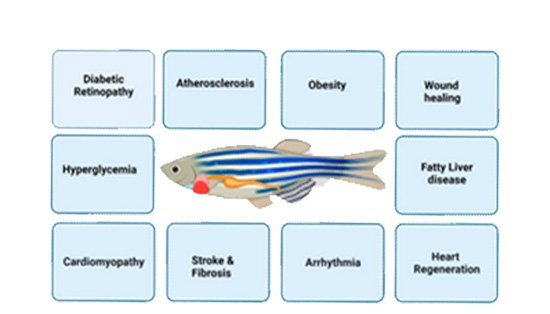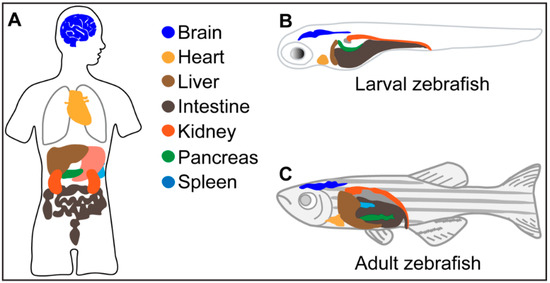
Zebrafish (Danio rerio) stand out as a model organism with remarkable regenerative abilities that have intrigued scientists for decades. From their fins to their hearts and even parts of their nervous system, zebrafish can regenerate tissues and organs that are lost or damaged, providing invaluable insights into the mechanisms of regeneration and potential applications in medicine.
“One of the most astonishing regenerative feats of the zebrafish is its ability to regenerate its heart. Unlike humans, who suffer irreversible damage after a heart attack, zebrafish can regrow up to 20% of their heart tissue after injury”
One of the most astonishing regenerative feats of the zebrafish is its ability to regenerate its heart. Unlike humans, who suffer irreversible damage after a heart attack, zebrafish can regrow up to 20% of their heart tissue after injury.This process involves several steps: injury response, where zebrafish quickly form a blood clot to prevent excessive bleeding; activation of progenitor cells, where specialized cells, known as cardiomyocytes, dedifferentiate and re-enter the cell cycle, becoming progenitor cells that can proliferate; and regrowth and remodeling, where these progenitor cells then differentiate into new heart cells, rebuilding the damaged area and restoring function.


Zebrafish fins are another well-studied example of regeneration. When a fin is amputated, zebrafish can regenerate it completely, including bones, skin, nerves, and blood vessels. This process involves wound healing, rapid closure of the wound site to protect against infection and fluid loss; blastema formation, where a mass of undifferentiated cells, called the blastema, forms at the site of injury; and cell proliferation and differentiation, where cells within the blastema proliferate and then differentiate to form the various tissues needed to reconstruct the fin.
Perhaps one of the most exciting areas of zebrafish research is their ability to regenerate spinal cord tissue. After spinal cord injury, zebrafish can restore their spinal cord's structure and function, leading to complete recovery of movement. This involves an inflammatory response that clears debris and prepares the tissue for regeneration; neurogenesis, activation of neural progenitor cells that proliferate and differentiate into new neurons and glial cells; and axonal regrowth, extension and reconnection of axons, the long projections of neurons, which re-establish functional neural circuits.
The regenerative capabilities of zebrafish are governed by a complex interplay of genetic and molecular pathways. Key players include growth factors, such as fibroblast growth factors (FGFs) and transforming growth factors (TGFs) that promote cell proliferation and differentiation; signaling pathways like Wnt/β-catenin, Notch, and Hippo that regulate cell fate decisions and tissue patterning; and epigenetic modifications, changes in DNA methylation and histone modifications that enable cells to revert to a more plastic, progenitor-like state.
Understanding the regenerative processes in zebrafish holds significant promise for human medicine. Insights gained from zebrafish research could inform strategies to enhance tissue regeneration in humans, particularly for conditions where natural regeneration is limited, such as heart disease, spinal cord injuries, and limb amputations. Potential applications include regenerative therapies, developing drugs or gene therapies that activate dormant regenerative pathways in human tissues; tissue engineering, using stem cells and biomaterials to create lab-grown tissues and organs for transplantation; and disease models, creating zebrafish models of human diseases to study the underlying mechanisms and test potential treatments.
The regenerative prowess of zebrafish provides a fascinating window into the potential for tissue and organ regeneration. By unraveling the secrets of zebrafish regeneration, scientists are not only expanding our understanding of biology but also moving closer to the dream of healing and regenerating human tissues with the same efficiency and completeness.
2 Comments
Benjamin Evalent
March,2024 at 12:25 PMMauris vulputate sed metus ut fringilla. Vivamus lacinia blandit blandit. Phasellus fringilla vel turpis ut feugiat magna et, placerat neque.
ReplyFletch Skinner
march 26,2024 at 10:47 pmPhasellus ac eleifend nunc. Aenean efficitur, augue a tristique mollis, nulla leo dictum nunc, viverra magna sapien ut dolor..
Reply